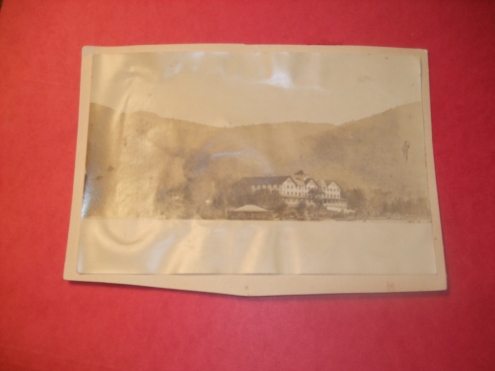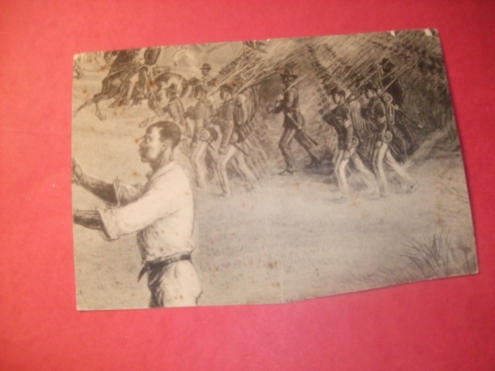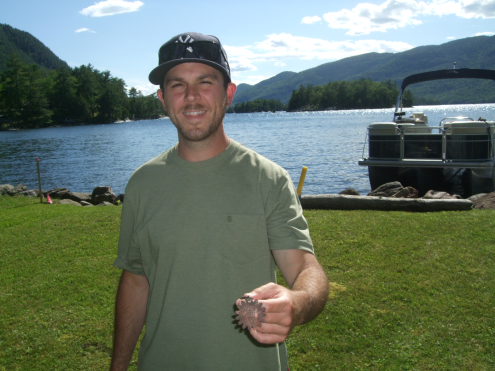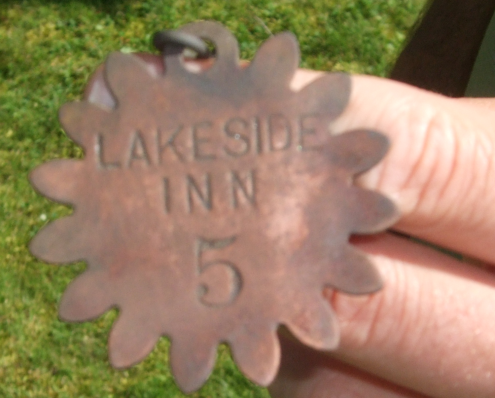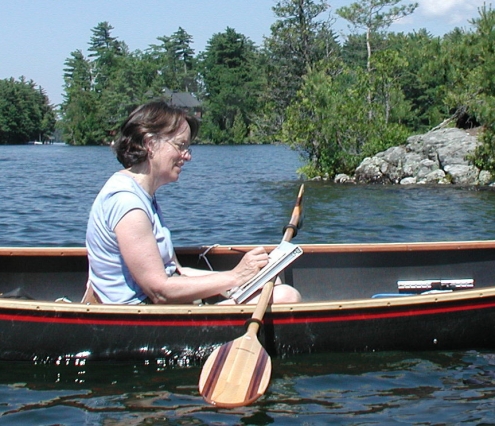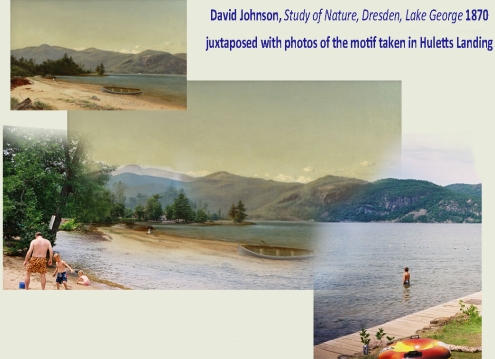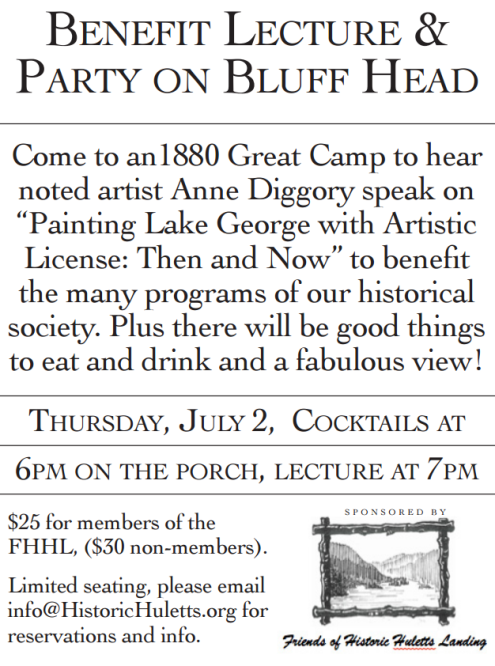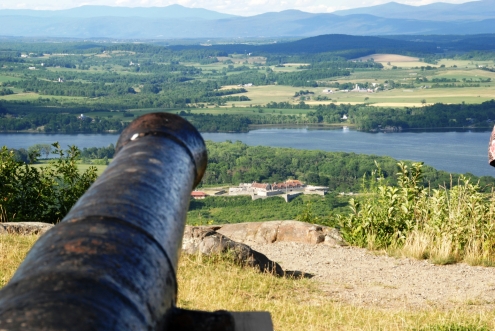Administrator’s Note: The letter below was provided to me by Sue Foster Ives. It was written to her older sister, Geraldine, in 2005 and documents what it was like going to school in the 1930’s. Benson Landing, Vermont is on the Vermont side of Lake Champlain a bit north of Dresden across from Putnam. It was the way people would come to Huletts Landing before State Route 22 existed.
Typed Copy of Letter from
Mrs. Marion Munger, Benson, VT 05743
To:
Mrs. Geraldine Foster Moore, Granville, NY 12832
August 29, 2005
___________________________________________________
My name is Marion (Morris) Munger and I was born on March 24, 1918 at Benson Landing, VT. I have a younger sister, Frieda (Morris) Walker. We went to a one-room school in Benson until my 8th grade when we switched to Putnam Central School. We went across the lake (Champlain) every day and got the bus at Putnam Station. The next year I started at Ticonderoga High School and the high school bus didn’t come all the way down to the Station, so I had to go up the old Ferry Road (which had been discontinued the year before).
In the winter, I left my snowshoes and flashlight (it wasn’t daylight yet) at the Graham farmhouse, and continued up the road to the Ledgewood turn, where I met the bus. There was no shelter there so it was very cold sometimes. The next year the bus came way down to the Station and picked us up because there were some other students there.
We rowed our boat straight across the lake to the old ferry landing, then walked the railroad track to the Station where we waited in Sweatt’s store. In the winter, we went across to the Station, on skates if the ice was bare, or snowshoes or skis if there was snow. We were never late for the bus, nor did we ever miss a day of school except for sickness.
When the lake was freezing in December, we stayed on the New York side with Bess Sweatt until it was safe. In the spring when it wasn’t too safe, we used to push a boat on top of a big sled so we could jump into the boat if the ice started to crack. Needless to say, we didn’t always make it and went into the lake. Then we had to pull ourselves into the boat and break ice all the way back to shore, which took a long time and our wet clothes froze on us. Luckily these weren’t school days but on Sundays when we would go over to stay until the lake opened.
Sometimes in the spring, and fall, there would be terrible winds that made it very hard to row across the lake but we always made it somehow. I can still remember the big blisters on my hands from those oars!
I guess kids were tougher in those days (1930 – 1935 for me and 1936 for Frieda) because we never thought it was an ordeal, and just did it! It must have been good for us because I have lived 87 years in good health, and my sister has lived 86!
